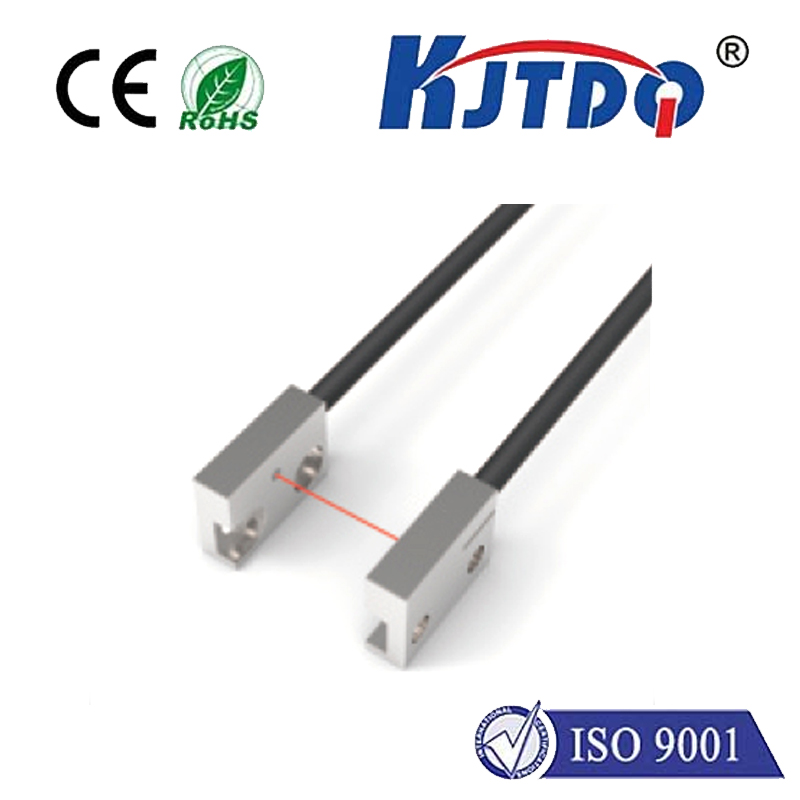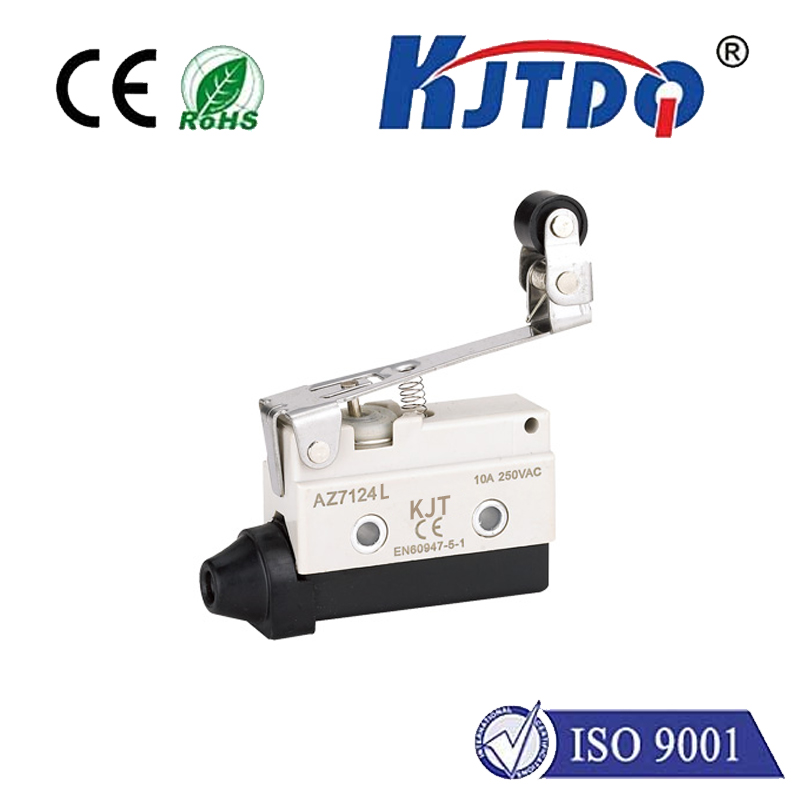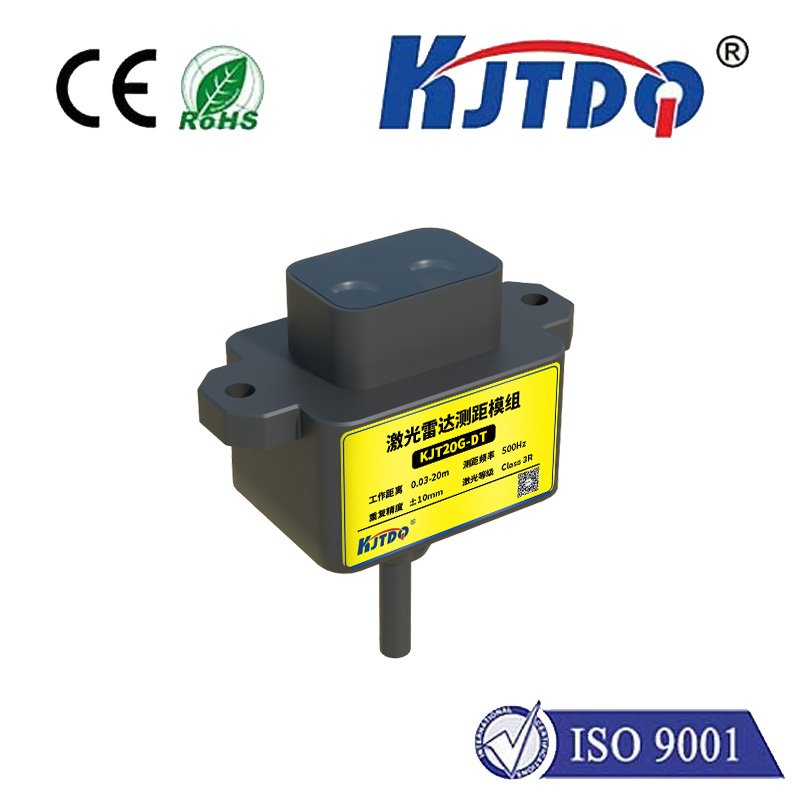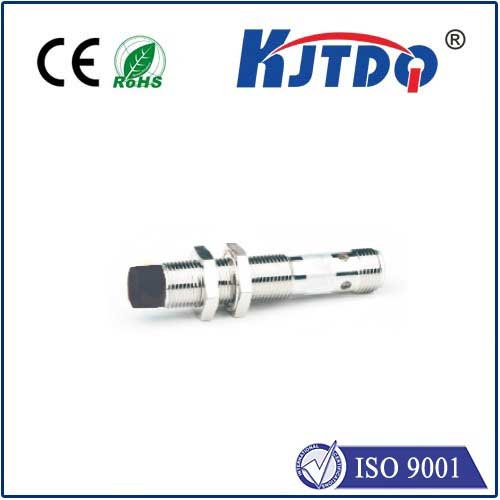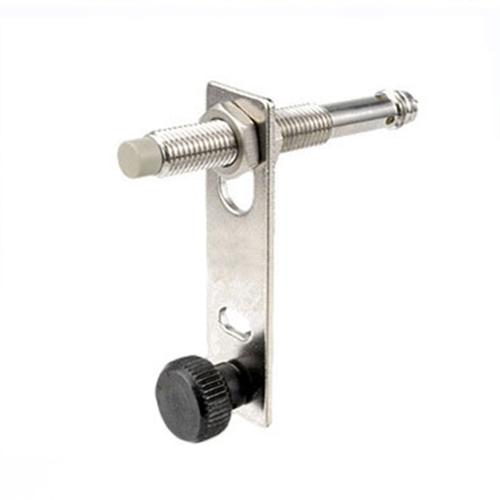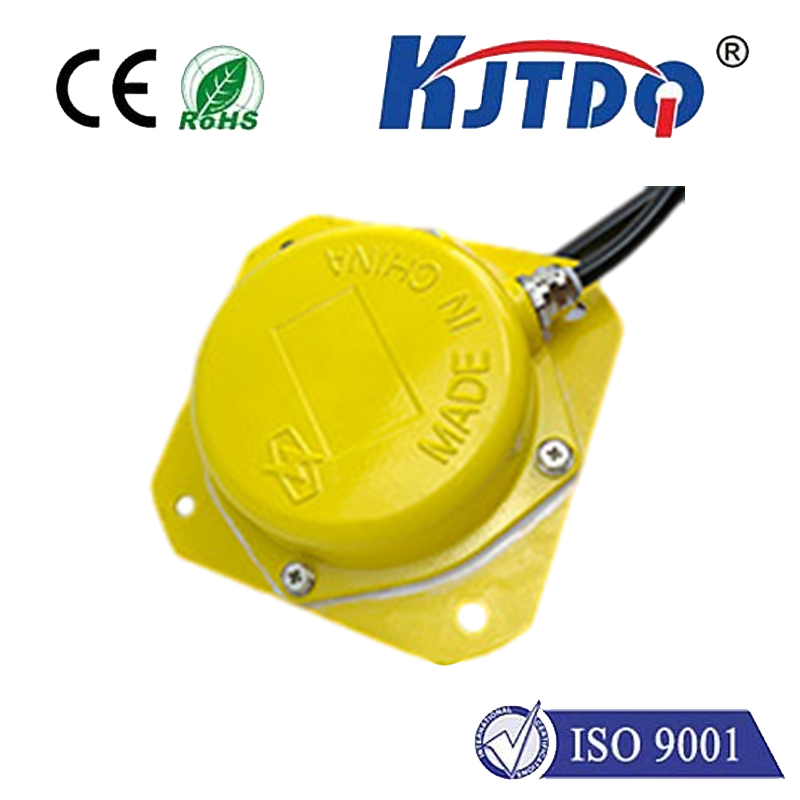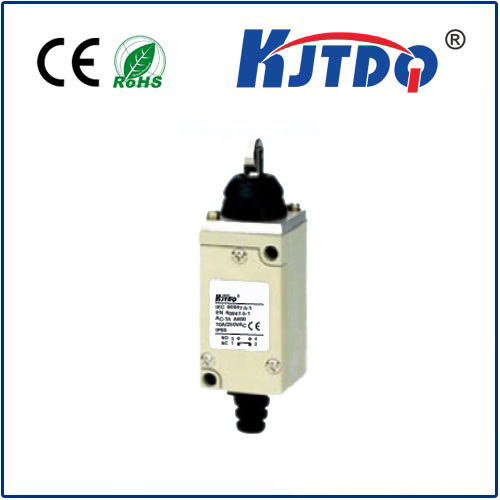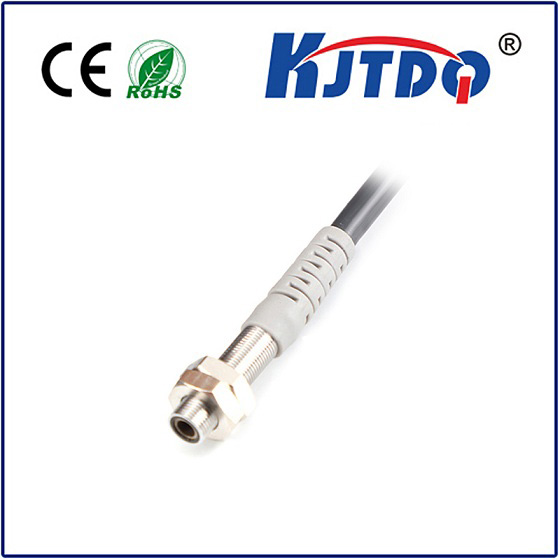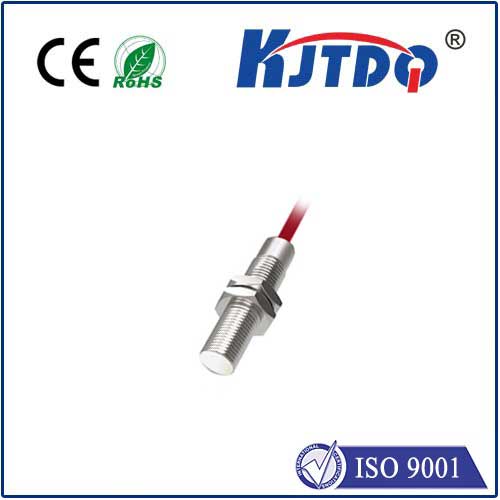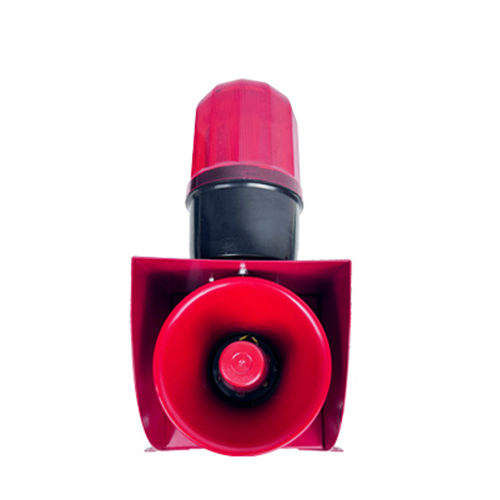3 phase limit switch
- time:2025-08-02 02:31:25
- Click:0
Demystifying the 3-Phase Limit Switch: Guardian of Heavy-Duty Machinery
What if a single electrical hiccup could send your critical industrial equipment spiraling into catastrophic failure? Imagine a massive conveyor belt jamming violently under load, a robotic arm overshooting its programmed path, or a powerful motor straining itself into oblivion. The consequences – downtime, costly repairs, and potential safety hazards – are stark realities in heavy industry. Enter the 3-phase limit switch, a robust and often unsung hero designed to prevent precisely these disasters. More than just an on/off switch, it’s a sophisticated sentinel, meticulously monitoring the complex flow of three-phase power that drives the industrial world, ensuring operations stay within safe and efficient boundaries.
While basic limit switches control simple motion endpoints (like a garage door stopping at the floor), the 3-phase limit switch operates at an entirely different level of complexity and responsibility. Its core function is to monitor the electrical characteristics of a three-phase AC power supply feeding high-power machinery. Three-phase power, with its three alternating currents shifted by 120 degrees, is the backbone of industrial operations due to its efficiency in driving large motors and equipment. However, this complexity also introduces potential failure points that a standard single-phase switch simply cannot detect or manage.
The Critical Functions: Beyond Simple Stopping
A 3-phase limit switch integrates specialized control capabilities that address the unique risks associated with three-phase systems:

- Phase Failure/Sequence Monitoring: This is paramount. If one phase fails (a “single phasing” event), motors will attempt to run on the remaining two phases, causing severe overheating, vibration, torque loss, and eventual burnout. Conversely, if the phase sequence (the rotational order of the three phases: L1, L2, L3) is reversed, motors will run backwards, potentially causing mechanical damage or unsafe operation. The 3-phase limit switch constantly monitors for these faults. If detected, it immediately interrupts power, preventing destructive operation. This is its most vital protective role.
- Overvoltage/Undervoltage Protection: Industrial equipment operates optimally within specific voltage ranges. Significant overvoltage can damage insulation and windings, while severe undervoltage can lead to motor stalling, overheating, and inability to start or carry load. The switch guards against these harmful deviations.
- Asymmetry Monitoring: Even when all three phases are present and in sequence, significant imbalances in voltage between the phases (phase imbalance) can cause uneven motor loading and overheating. While often a function of more advanced motor protection relays, some 3-phase limit switches incorporate basic asymmetry detection.
- Standard Limit Switch Functionality: Built upon the foundation of robust mechanical limit switching, most 3-phase units also feature traditional cam-operated actuators. This allows them to act as position sensors or safety interlocks, physically cutting power based on the movement or position of a machine part (e.g., opening a protective guard, reaching the end of travel). Combining electrical monitoring with physical actuation creates a powerful, multi-layered safety net.
Where the Guardians Stand: Essential Applications
The 3-phase limit switch finds its critical niche wherever large motors and three-phase equipment demand reliable protection:
- High-Power Motors: Crushers, large pumps, compressors, fans, mixers – anywhere motor burnout is costly and dangerous.
- Material Handling Systems: Conveyor belts, cranes, hoists, automated storage & retrieval systems (AS/RS).
- Machine Tools: CNC machining centers, lathes, grinders, presses – protecting expensive spindles and drive systems.
- Industrial Automation: Robotic cells, assembly lines, palletizers.
- HVAC Systems: Large chillers, boiler feed pumps, and air handling units.
- Packaging Machinery: Form-fill-seal machines, labelers, cartoners.
- Process Industries: Pumps, agitators, and conveyors in chemical, food & beverage, and pharmaceutical production.
More Than Protection: Tangible Benefits Deployed
Investing in robust 3-phase limit switches delivers significant operational advantages:
- Enhanced Equipment Longevity: Preventing operation under phase failure, reversal, or extreme voltage conditions drastically reduces motor and drive train wear, extending asset life and avoiding premature, expensive replacements.
- Reduced Downtime: By stopping faults before they cause catastrophic damage, these switches minimize unplanned production stoppages. Minutes of prevention save hours or days of repair.
- Improved Safety: Preventing unexpected motor reversal (due to phase sequence error) or operation with faulty power protects personnel from unexpected machine movements and electrical hazards triggered by failing equipment.
- Operational Reliability: Knowing that electrical faults are continuously monitored provides confidence in the stability and reliability of critical processes.
- Lower Maintenance Costs: Fewer motor burnouts and associated mechanical repairs translate directly into reduced maintenance expenses.
Selecting the Right Sentinel: Key Considerations
Not all 3-phase limit switches are created equal. Choosing the right one is crucial for effective protection:
- Electrical Rating: Must handle the voltage (e.g., 480VAC) and current of the circuit it protects. Consider both operational load and potential inrush currents.
- Monitoring Functions: Determine essential needs: Phase Loss/Failure, Phase Sequence/Reversal, Over/Undervoltage. Do you need asymmetry detection?
- Adjustability: Can thresholds (like voltage trip points) be calibrated for your specific application?
- Response Time: How quickly does it react to a detected fault? Faster is generally better for motor protection.
- Mechanical Durability: Housing material (metal vs. robust plastic), Ingress Protection (IP) Rating (e.g., IP65/67 for dust/water resistance), mechanical life (number of operations), and actuator type (roller plunger, lever arm, etc.) must suit the harshness of the industrial environment and the forces involved.
- Certifications: Look for compliance with relevant standards like IEC/EN 60947-5-1, UL, CSA, or specific industry standards.
- Contact Configuration: Ensure the number and type (NO/NC) of auxiliary contacts meet control circuit requirements beyond the main power interruption.
- Reset Mechanism: Manual, automatic, or key-operated reset? Choose based on safety protocols (manual reset often preferred for critical faults requiring investigation).
Ensuring Long-Term Vigilance: Installation and Maintenance
Correct installation following manufacturer guidelines and electrical codes is non-negotiable. Key wiring practices are essential for accurate phase monitoring. While generally low-maintenance, periodic checks are vital:
- Visual Inspection: Look for signs of physical damage, overheating, or contamination.
- Functional Test: Regularly test the switch’s operation, including its physical actuation and simulated electrical faults (if possible/safe), to verify it trips as expected. Never bypass a tripped unit without diagnosing and resolving the root cause.
- Contact Check: For high-cycling applications, monitor auxiliary contact condition.
- Actuator Check: Ensure the actuating mechanism moves freely without binding or excessive wear.
In the demanding world of industrial automation and high-power machinery, the 3-phase limit switch stands as a critical safeguard. It transcends the simplicity of a standard switch, embodying a sophisticated blend of electrical monitoring and robust mechanical control. By vigilantly watching over the health and integrity of the three-phase power supply and physically enforcing operational limits, it protects multi-million dollar assets, prevents costly downtime, enhances operational safety, and provides invaluable peace of mind. Understanding its functions, benefits, and selection criteria is fundamental for any engineer or facility manager responsible for the reliable and safe operation of heavy-duty equipment. It is not just a component; it’s a fundamental layer of intelligent protection embedded within the industrial landscape.






